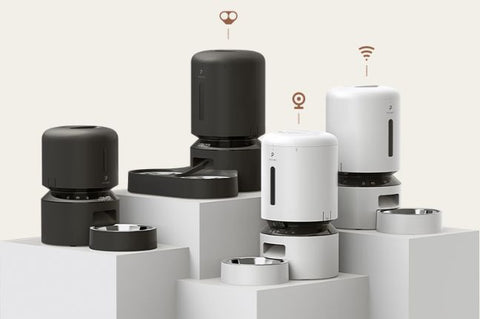Lymph nodes, part of the lymphatic system, play an important role in both humans’ and dogs’ immune systems. They help filter and trap harmful substances before they can cause more serious problems in the body. It is important for pet parents to understand the importance of healthy lymph nodes and be able to identify swollen lymph nodes in their dog, which can signal an underlying health issue.
What are lymph nodes?
Lymph nodes are small, bean-shaped organs that are part of the lymphatic system, a network of vessels and organs that help remove waste and excess fluids from the body, as well as fight infection and disease. Lymph nodes contain immune cells that can help recognize and fight off foreign invaders like bacteria, viruses, and cancer cells. They are located throughout the body, including the neck, armpit, groin, and abdomen.
How do lymph nodes work in dogs?
The lymphatic system works by collecting and transporting lymph, a clear fluid that contains white blood cells, from various parts of the body to the lymph nodes. The lymph nodes act as filters, trapping and destroying bacteria, viruses, and other harmful substances before they can spread to other parts of the body.
After filtering the lymph, the lymphocytes and macrophages release antibodies and other immune system molecules that help fight off infection and disease. The lymphatic system in dogs is highly effective in protecting the body from harmful substances, making healthy lymph nodes essential for their overall health and wellbeing.
Importance of a healthy lymphatic system
Without healthy lymph nodes, dogs may be more susceptible to infections, diseases, and other health problems, and their ability to fight off these issues may be compromised. Dogs can develop lymph node enlargement or lymphadenopathy, which can be a sign of infection, inflammation, or cancer. Lymphadenopathy can occur in one or multiple lymph nodes and may cause discomfort, pain, and other symptoms.

Where can lymph nodes be felt in dogs?
Lymph nodes can be felt in several areas of a dog’s body. In general, lymph nodes are located in groups, and they can be felt as small, round, or bean-shaped structures under the skin. Some of the most common areas where lymph nodes can be felt in dogs include:
- Neck: Lymph nodes in the neck can be felt on either side of the windpipe, just below the jawline.
- Armpits: Lymph nodes in the armpits can be felt near the front legs, close to the body’s trunk.
- Groin: Lymph nodes in the groin can be felt on either side of the genital area.
- Behind the knees: Lymph nodes behind the knees can be felt on the back of the hind legs.
- Abdomen: Lymph nodes in the abdomen can be felt on either side of the spine, just above the hipbones.
It’s essential to note that lymph nodes in dogs vary in size, and not all lymph nodes can be felt easily. Consult your veterinarian to identify and examine any enlarged lymph nodes to determine the underlying cause and necessary treatment.
Signs of swollen lymph nodes in dogs
Because lymphadenopathy in dogs can be an indication of an underlying health issue, it’s essential for pet owners to know the signs and symptoms of swollen lymph nodes to identify the problem early and seek veterinary care promptly. Some of the signs of swollen lymph nodes in dogs include:
- Enlarged lymph nodes that can be felt or seen under the skin
- Discomfort when touched
- Change in the shape or texture of the lymph nodes and surrounding area
- Fever
- Loss of appetite and weight loss
- Lethargy
- Coughing, sneezing, or difficulty breathing
If your dog shows any of these symptoms, it’s essential to seek veterinary care right away. Early diagnosis and treatment can improve the prognosis for dogs with swollen lymph nodes and prevent further health complications.





